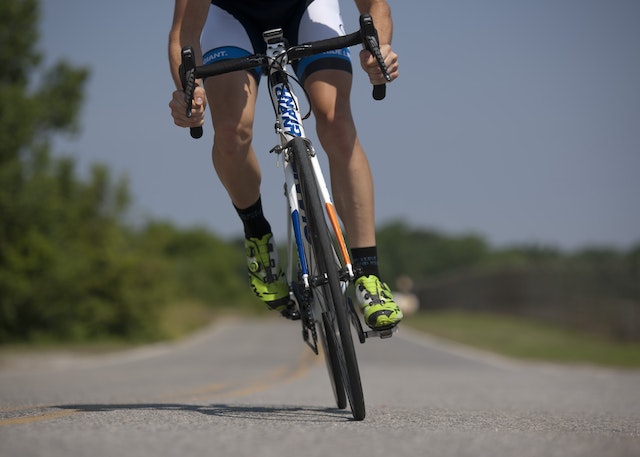
Traumatic brain injury (TBI) is a serious condition caused by a blow to the head or by an acceleration-deceleration force such as a rear-end collision but without a direct force applied to the head. TBI can cause physical, cognitive, emotional, and behavioral impairments that can affect a person’s quality of life. Those impairments may be short-lived or may long-lasting, ranging from days to weeks, with some impairments lasting months to years. In many cases, the outward display of symptoms may abate, but abnormalities continue only to be revealed later in life. Unfortunately, if you are someone who enjoys cycling, head injury is an increased risk. Please continue reading and reach out to a seasoned Connecticut brain injury lawyer to learn more about how vulnerable cyclists may be subject to sustaining a TBI in a bike accident and how Casper & de Toledo can help if you’ve been wrongfully injured in such a crash. Here are some of the questions you may have:


To what degree are cyclists at risk of sustaining a TBI?
Cyclists are vulnerable road users who face various hazards such as traffic, weather, road conditions, and human error. According to the Centers for Disease Control and Prevention (CDC), there were nearly 597,000 bicycle-related TBIs treated in hospital emergency departments (EDs) in the United States from 2009 to 2018. The rate of ED visits for bicycle-related TBIs declined by almost 50% among children and adolescents aged ≤17 years, but only by 6% among adults during this period. Males were three times more likely than females to end up in the ED with TBIs.
What are some of the most common causes of cyclist TBIs?
Some of the most common causes of cyclist TBIs are as follows:
- Collisions with motor vehicles, which account for about 75% of all bicycle-related fatalities.
- Falls from the bicycle, which can occur due to loss of balance, mechanical failure, or environmental factors.
- Striking a fixed object, such as a pole, a curb, or a tree.
- Being struck by a flying or falling object, such as a rock, a branch, or debris.
What is the level of proof required to satisfy the burden of proof in a personal injury claim?
If you have suffered a TBI as a result of a bicycle accident caused by someone else’s negligence, you may be entitled to compensation for your medical expenses, lost income, pain and suffering, and other damages. However, to succeed in a personal injury claim, you need to prove four elements. They are:
- Duty: The defendant owed you a duty of care to act reasonably and avoid causing harm.
- Breach: The defendant breached that duty by acting carelessly or recklessly.
- Causation: The defendant’s breach caused your injury.
- Damages: You suffered actual harm as a result of your injury.
Essentially, as long as you can prove that you were injured due to someone else’s negligence, you should have a valid claim, but you should always pursue such a claim with the guidance of a competent personal injury lawyer.
How can you prevent or reduce the risk of cyclist TBIs?
One of the most effective ways to prevent or reduce the risk of cyclist TBIs is to wear a helmet. Helmets absorb much of the impact energy from a fall or collision and can protect the skull and brain from more severe injury. Nevertheless, a helmet may mitigate the forces involved in many cycling accidents and can prevent skull fractures, but it may not prevent the amount of force that produces a mild traumatic brain injury (concussion) and sometimes worse. Bike helmets are required to meet CPSC’s federal safety standard and must have a label stating that they meet the standard. You should always wear a helmet that fits properly and is worn correctly. You should also replace your helmet when needed, such as after an impact or when it shows signs of damage. Other ways to prevent or reduce the risk of cyclist TBIs are as follows:
- Follow the rules of the road and local regulations when bicycling.
- Be alert and aware of your surroundings and potential hazards.
- Use lights, reflectors, and bright clothing to increase your visibility.
- Avoid distractions such as headphones or cell phones.
- Avoid ingesting any substance that alters any of your senses (alcohol/drugs).
- Maintain your bicycle in good condition and check it before each ride.
Cyclists who’ve sustained a TBI in bicycle accidents due to someone else’s negligence should seek medical attention as soon as possible and, once they’re in stable condition, consult with an experienced personal injury lawyer. A lawyer from Casper & de Toledo can help you evaluate your case, gather evidence, negotiate with insurance companies and insurance defense lawyers, and pursue fair compensation for your damages. Contact us for a free case evaluation today.

